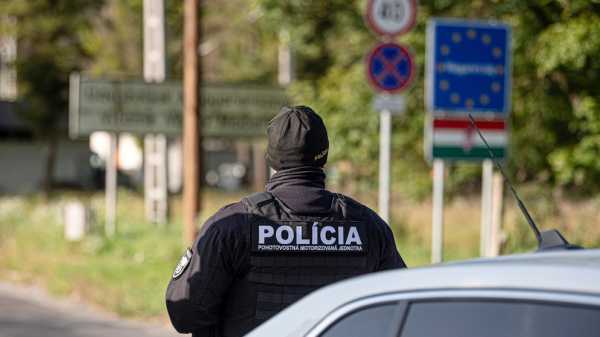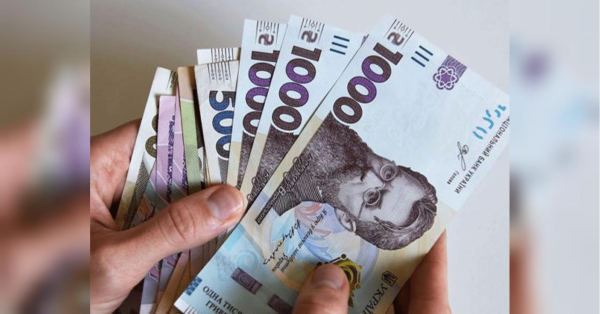
SAHY, Slovakia — Slovakia began conducting traffic checks on its border with neighboring Hungary on Thursday amid what it says is a dramatic rise in migrants crossing onto its territory. The policy joins a flurry of similar border measures other Central European countries have imposed in recent days.
The increased border protection came as a reaction to Slovakia's neighbors, including Austria, the Czech Republic and Poland, reintroducing controls at their own borders with Slovakia on Wednesday to curb migrants coming in from the country. Each of the border control policies are set to last for at least 10 days.
At a border crossing in Sahy, Slovakia — a 90-kilometer (55-mile) drive north of Hungary's capital, Budapest — two Slovakian police flagged down vehicles Thursday to conduct inspections. It's a departure from the ease of travel long afforded to members of Europe's visa-free Schengen area, last restricted when some countries sealed their borders in the early months of the COVID-19 pandemic.
Attila Varga, a village caretaker in the Slovakian settlement of Horne Turovce, said he travels across the border by car each day, and that the new controls were likely to slow him down as he crosses to and from work.
“It depends on what kind of control they impose, whether they stop every car or single out one or two," he said. "If they single out one or two cars then it’s not a problem, but if they stop every car then there will be huge lines, just like during COVID.”
European Union countries have been facing a significant increase in migration this year from Africa, Syria and other places, with many migrants transiting Czech, Slovak or Austrian territory on their way to western Europe.
A large portion of those migrants travel into the EU on the so-called Balkan route, crossing Hungary's southern border with Serbia or Croatia. They do so despite a 320-kilometer (200-mile) border fence that Budapest began building in 2015 as more than 1 million migrants entered Europe, fleeing war and poverty in Syria, Iraq and elsewhere.
Hungary has long taken a hard line against migration, vehemently opposing EU proposals to redistribute asylum seekers among the bloc's 27 member countries. The EU’s top court ruled in June that Hungary had flouted the bloc’s laws and infringed on migrants’ rights by systematically forcing them back across its southern border and into Serbia.
Yet despite Hungary's strict immigration policies, Slovakia says there's been a huge increase in migrants coming from its southern neighbor's territory this year. According to the Ministry of Interior, the country registered 39,688 migrants from the beginning of the year until Oct. 1 — an 11-fold increase from a year ago.
Despite the increase, Istvan Matusov, a retired car mechanic from the border town of Sahy, said he doesn't believe the new border controls will do much to reduce the number of migrants entering Slovakia since its green borders remain largely unguarded.
“The external Schengen borders should be controlled, not the internal borders," Matusov said. "That would be a solution, but it seems like the gentlemen in Brussels can't make a decision.”
The 65-year-old isn't the only one blaming EU decision-makers for the situation. Hungary's foreign minister, Peter Szijjarto, told a news conference in Budapest on Wednesday that the EU “is entirely to blame for the increasing migration pressure in Central Europe.”
“Brussels is encouraging migration and supporting the business model of people smugglers by constantly pushing for mandatory resettlement quotas, which are a magnet for migrants to Europe,” Szijjarto said. “We call on Brussels to end this migration policy immediately."
___
Follow AP’s global migration coverage at https://apnews.com/hub/migration
Sourse: abcnews.go.com






